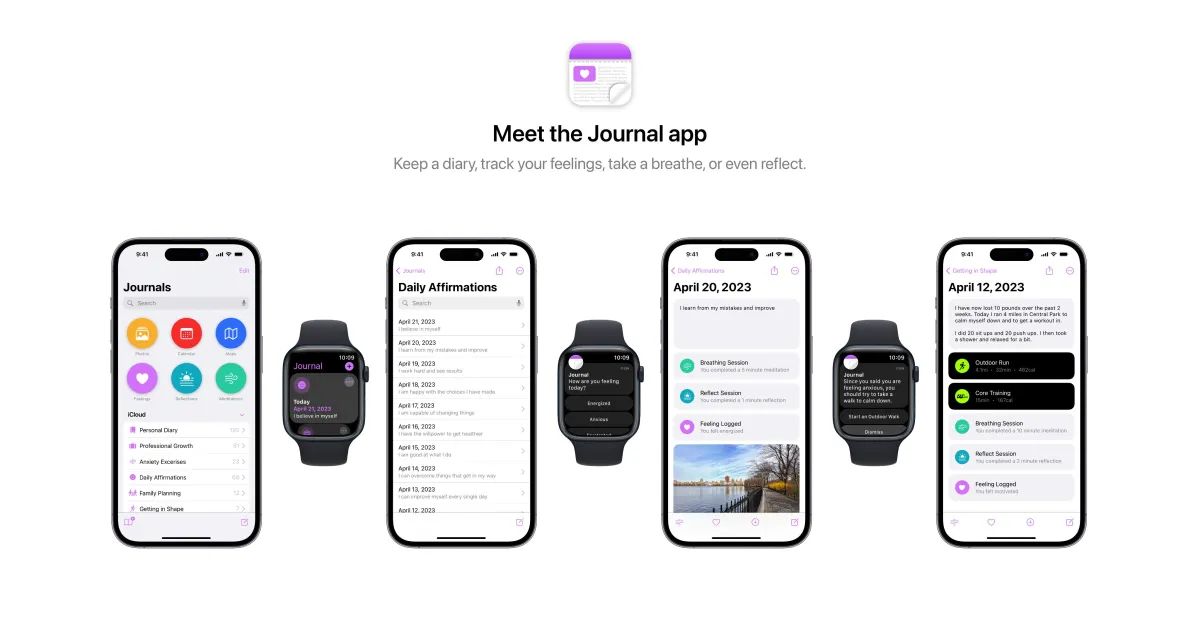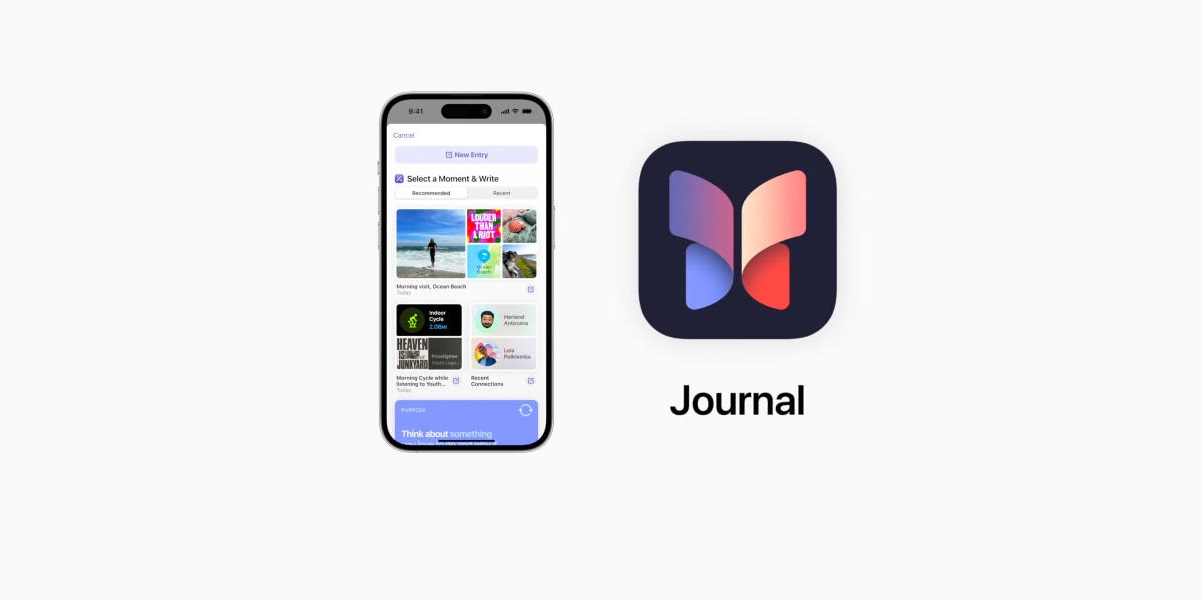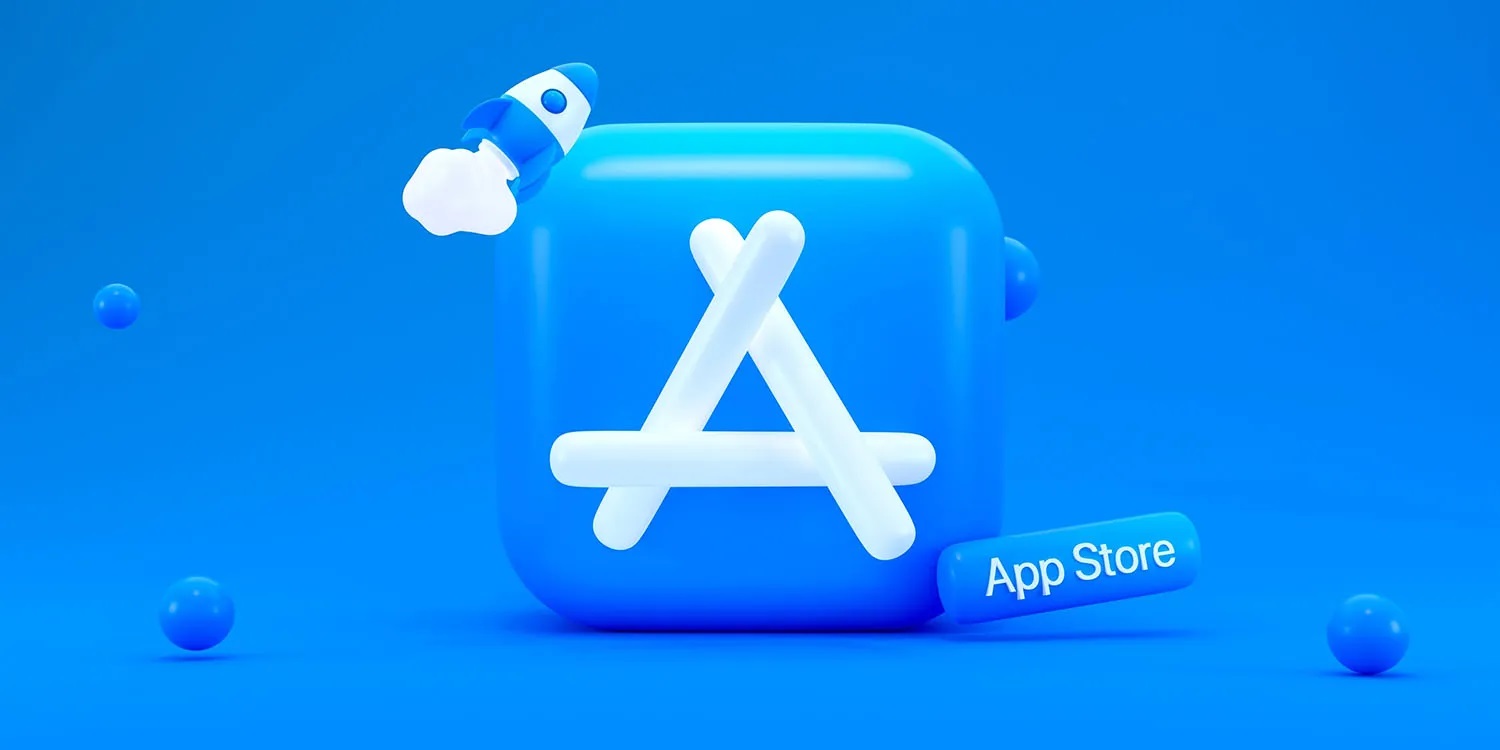Journaling, a popular practice among individuals seeking self-reflection and personal growth, has received a new addition to its lineup of digital tools. Apple’s new Journal app has recently made its debut, bringing both anticipation and skepticism to the table. While it may not spell immediate trouble for the established journaling app Day One, Apple’s entry into the market signifies the growing importance of the practice in our digital age.
Key Takeaway
Apple’s new Journal app joins the competitive journaling market, offering users a multimedia-focused approach to capturing their thoughts and experiences. While it may not pose an immediate threat to established apps like Day One, Apple’s entry validates the importance of journaling in the digital age. With the potential for growth and future improvements, Journal has the opportunity to make its mark and attract a passionate user base.
Apple’s Acknowledgment of the Rising Trend
Day One, which has garnered a loyal following over the past decade, recognizes Apple’s Journal app as a validation of the significance of journaling. Paul Mayne, head of Day One, views Apple’s evolution in this space as a positive development not only for his own app but also for the users who value the practice of journaling. By adopting a rising tide approach, Day One sees Apple’s entry as an opportunity rather than a threat.
Apple’s reputation for “Sherlocking” apps, incorporating their features into its own offerings, raises concerns about Day One’s future. However, for now, Journal has a long way to go to catch up with Day One’s extensive feature set and cross-device functionality. The latter has been a significant selling point for Day One, allowing users to seamlessly access their journals across multiple devices.
The Limitations of Apple’s Journal App
One of the limitations of Apple’s Journal app lies in its exclusivity to the iOS platform, ignoring macOS and iPadOS. While Apple has focused on reducing friction in porting iOS apps to macOS, there are currently no plans to expand Journal to other platforms. Apple is emphasizing the iPhone as the optimal device for experiencing the app, given its superior content capture capabilities, such as photos, videos, and voice recordings.
Journal’s emphasis on multimedia content aligns with Apple’s vision of harnessing the full potential of digital platforms for journaling. For many writers, journaling serves as a way to process experiences and reflect on personal thoughts. While some may find writing on a laptop more conducive to expressing their thoughts, Journal prioritizes visuals and other media, potentially appealing to a broader audience.
The Unique Selling Points of Apple’s Journal App
Apple differentiates Journal from its competitors by offering algorithmically curated prompts based on users’ activities and media within the Apple ecosystem. These suggestions aim to inspire journaling and enhance the overall experience. While it’s still too early to assess the effectiveness of these prompts, they have the potential to encourage those who struggle with consistency in their journaling practice.
Security is another area where Journal stands out. The app can be protected with a code, ensuring that personal musings remain private even if someone gains access to the user’s phone. However, Journal does lack some customization options, such as folders, tags, and transcriptions of voice recordings, which are available in more established journaling apps.
The Road Ahead for Apple’s Journal App
As Journal is still in its early stages, it is part of the iOS 17.2 public beta version. There is ample room for growth and improvement. The integration of features like mood logging, tied to Apple’s new mental health offerings, could further enhance the app’s functionality and appeal. Additionally, expanding to other platforms, such as macOS, would cater to a wider user base.

























